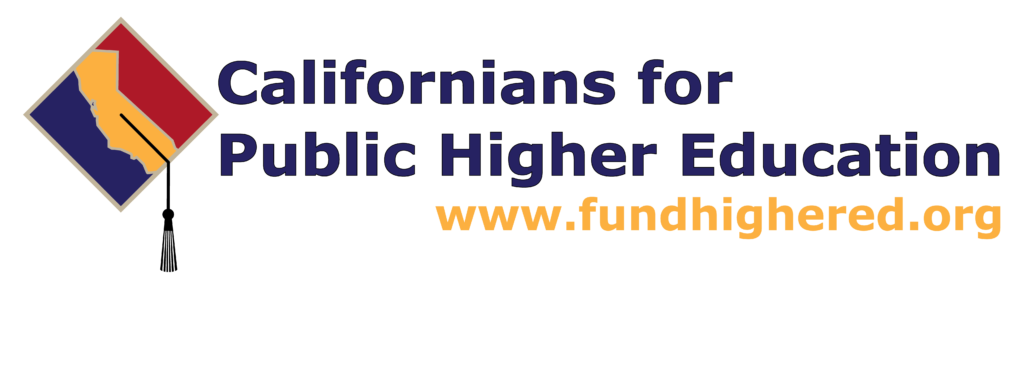Op-ed from our co-chairs: State’s audit of California State University misguided, mistaken
On June 29, 2019, the San Francisco Chronicle published an op-ed from Dick Ackerman and Mel Levine, co-chairs of the California Coalition for Public Higher Education, titled, “State’s audit of California State University misguided, mistaken”:
The California State University is the nation’s largest four-year public university system. It produces more than half the state’s bachelor’s degrees, sending 126,000 job-ready graduates into the workforce annually. It has the most ethnically, economically and academically diverse student body in the nation.
It’s hard to overstate the importance of having a world-class higher education system to spark the industries that make California’s economy one of the largest and most vibrant in the world.
To ensure it fulfills its vital role in educating the state’s workforce, CSU has prudently managed public funds to protect taxpayers, students and their families.
It has maintained a reserve, or “rainy day” fund — just as many families and the state of California do — to cover one-time costs. Among the uses for the reserves are funding for new construction and maintenance, bridge funding from one fiscal year to the next, and advances on financial aid to students during the periods before the state and federal governments fund their grants.
Public Policy Institute of California, an independent nonprofit research institution, recently praised this “prudent saving strategy.” It also commended CSU for its accountability and transparency in the creation of an online Financial Transparency Portal where the public can see five years of revenues and expenses.
In this context, the California State Auditor’s recent audit of CSU is both misguided and mistaken. The Auditor is criticizing the system’s management of both reserve funds and reporting practices. CSU had $7.7 billion operating expenses in 2018 and had set aside a $1.5 billion reserve. This sum is equal to about 2.4 months in operating reserves — or less than half the five months the experts say CSU should have.
Yet the audit mistakenly describes these as “discretionary surplus” funds, implying there’s no immediate need for these sums of money. In reality, there is.
Moreover, reserve funds provide insurance to protect students, faculty and the university from another economic downturn. CSU’s budget was slashed by nearly $1 billion during the Great Recession, so suggesting reserve funds be used for ongoing expenses is simply irresponsible.
The audit’s other claim is that CSU failed to fully inform students and lawmakers about its reserves. This overlooks more than 30 public reports that included information about these funds. These reports include a presentation on this very topic to CSU’s Board of Trustees in September 2017 — a presentation which was attended by Gov. Gavin Newsom, legislative staff, students, faculty, and staff leaders.
The audit did find that CSU properly safeguarded its reserve funds and properly stewarded financial resources.
But the audit is misguided in its underlying approach to university funds, especially when it criticizes CSU for maintaining “outside accounts.”
CSU is like dozens of state agencies holding money outside the state treasury. In fact, the education code requires CSU to deposit revenues from tuition and other student fees into bank accounts held in trust.
All educational institutions must set aside funds to cover delayed payments and reimbursements from state and federal governments. They need adequate cash flow to cover costs, such as payments to retirement and health accounts for their employees. To do otherwise would be irresponsible.
CSU has been responsible. It has advocated for more investment in public higher education, while holding certain funds in reserve and in plain sight to protect students, their families, faculty and staff from the inevitable “rainy day” of another economic downturn.
Read the op-ed on the San Francisco Chronicle’s website.
